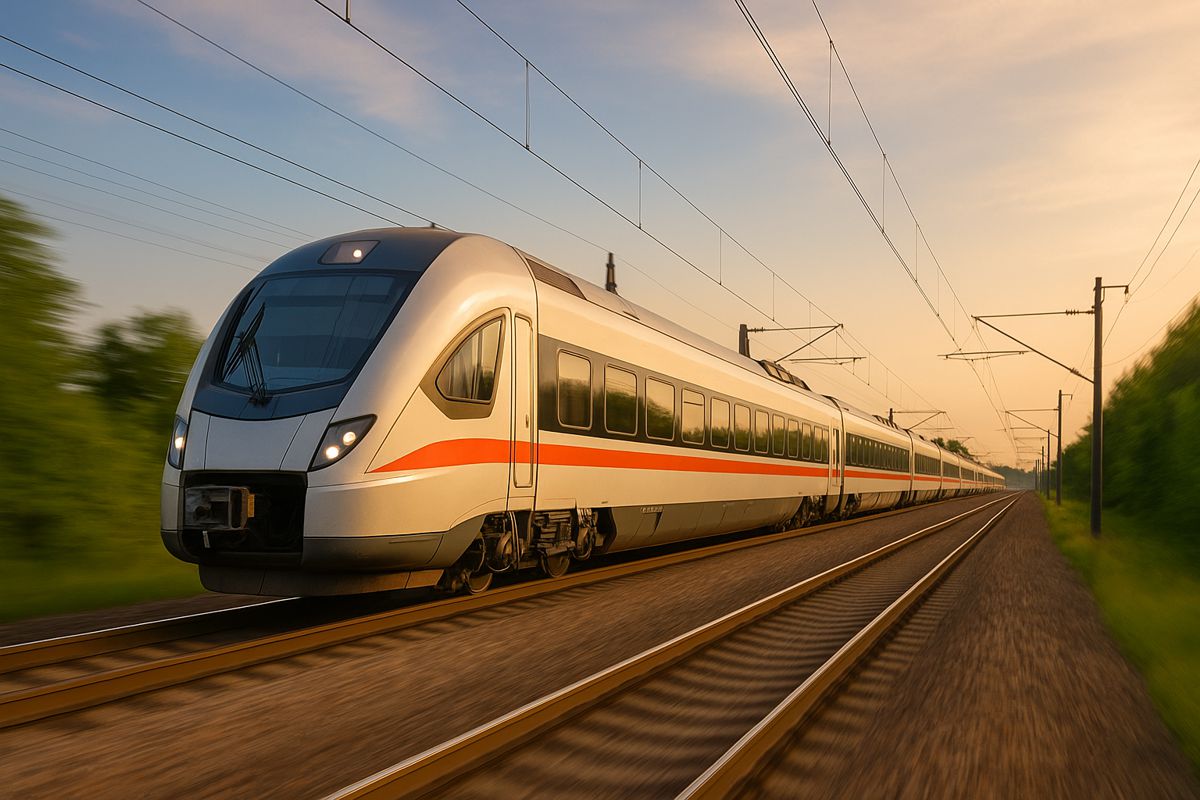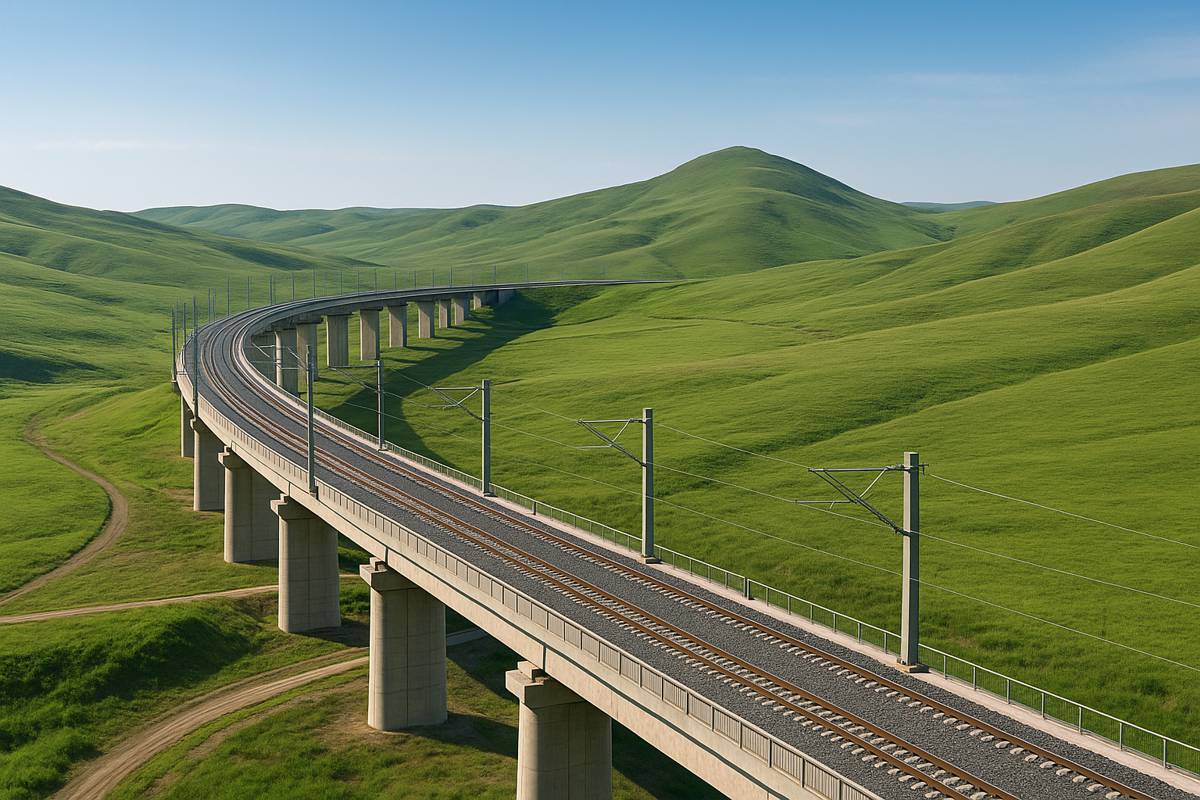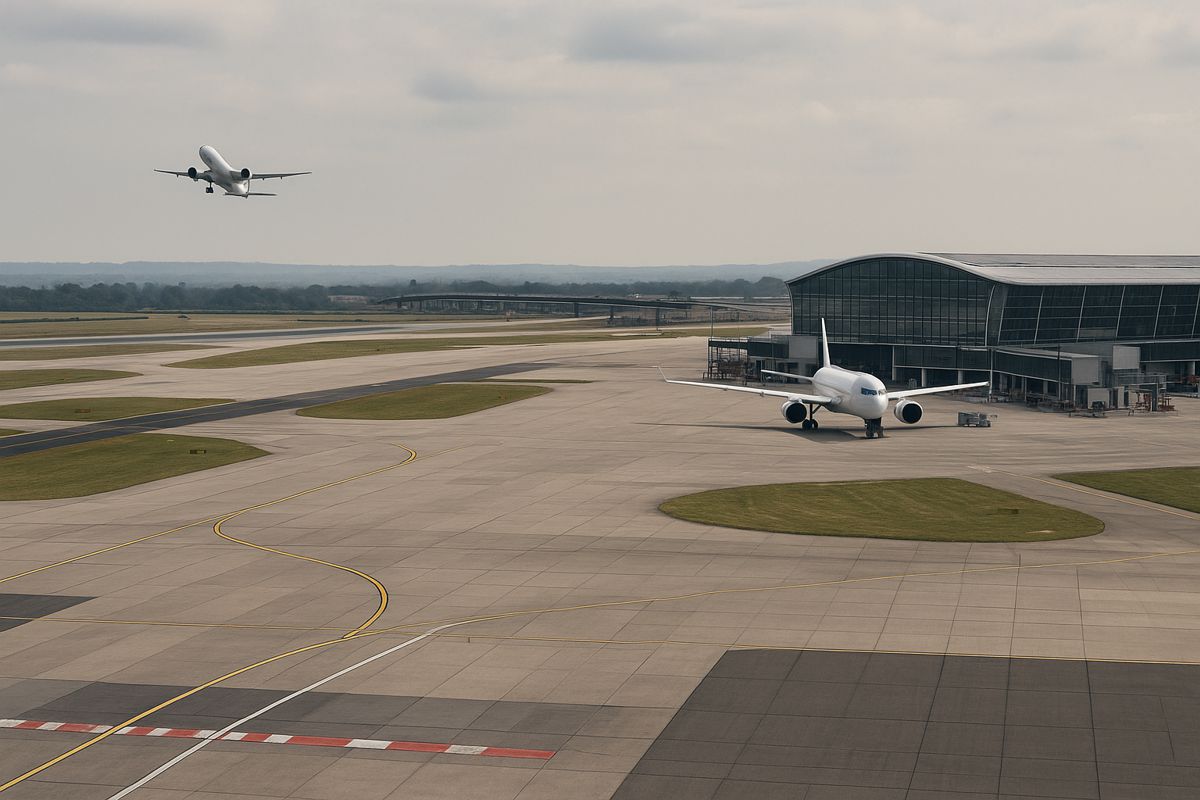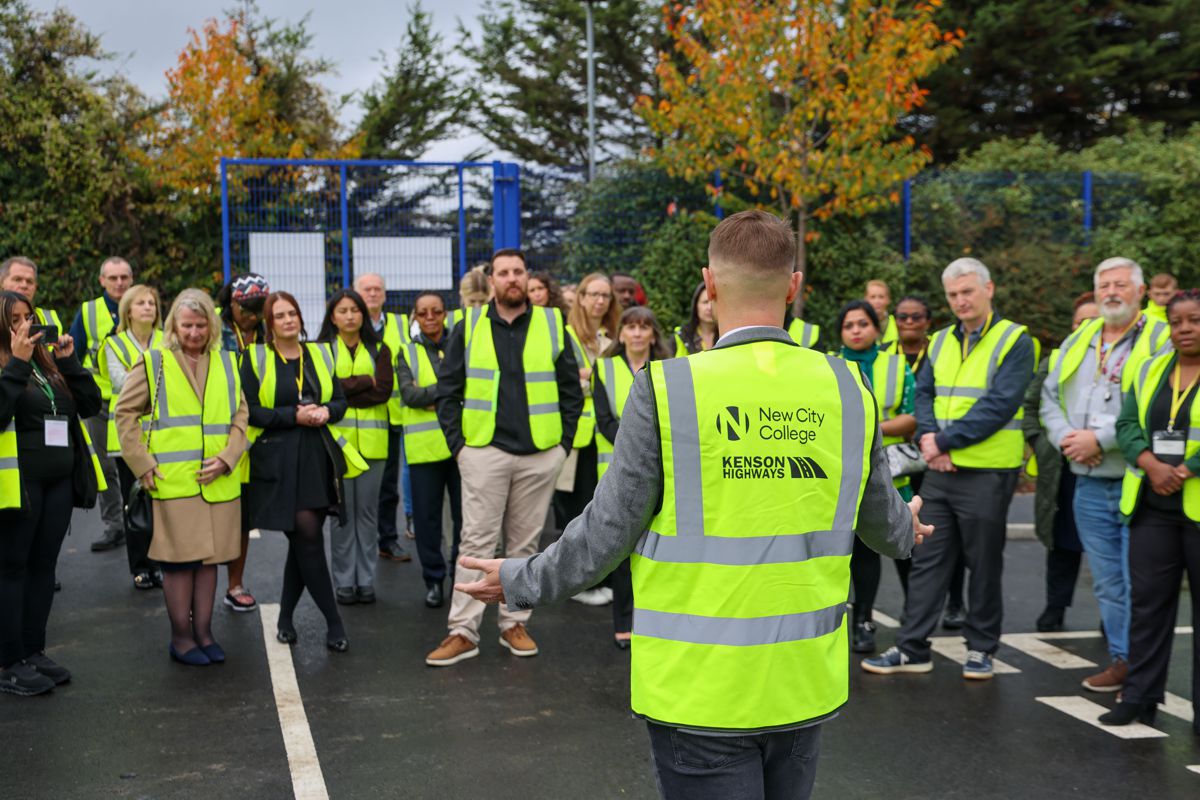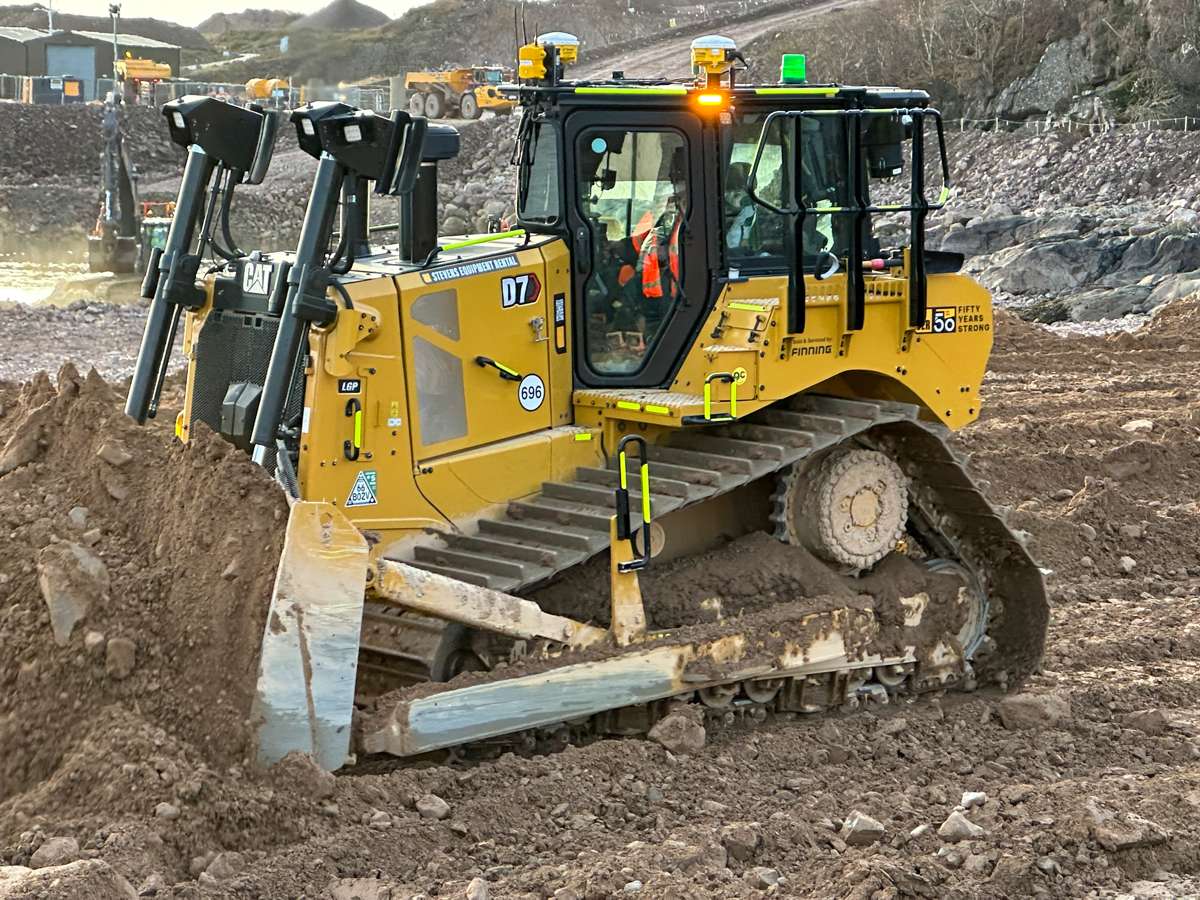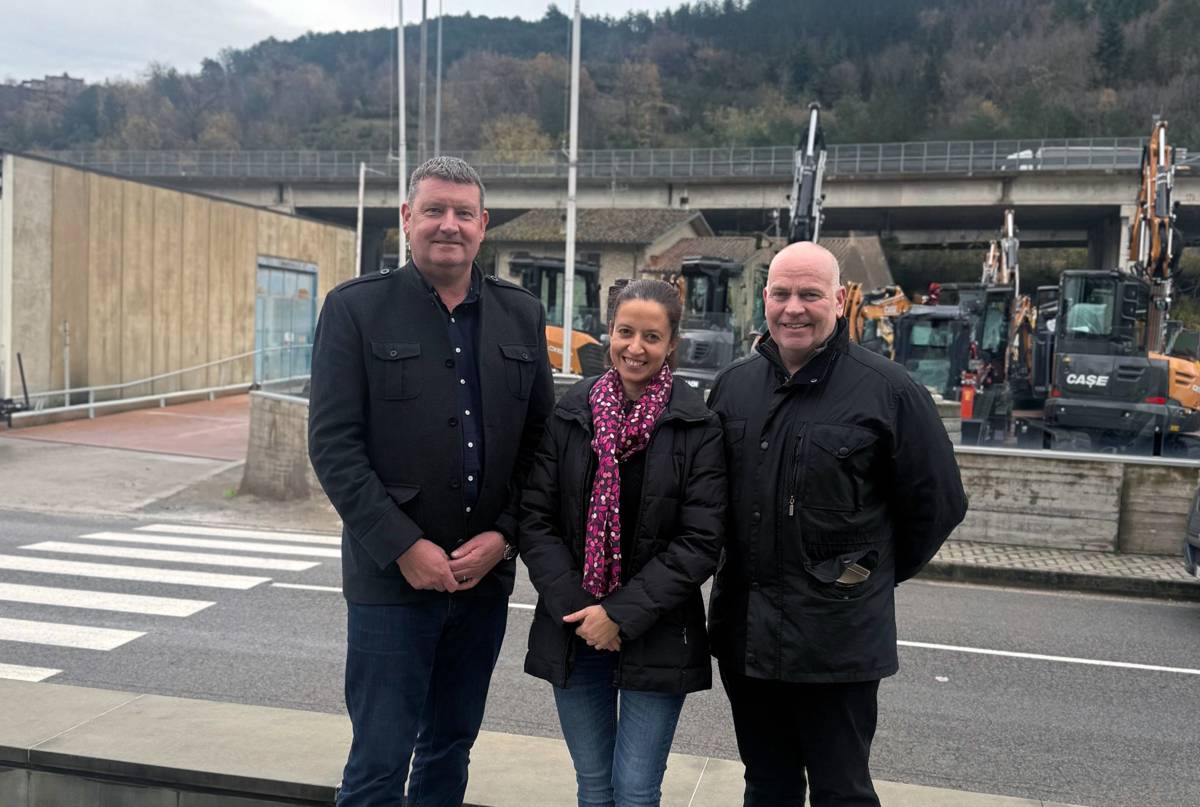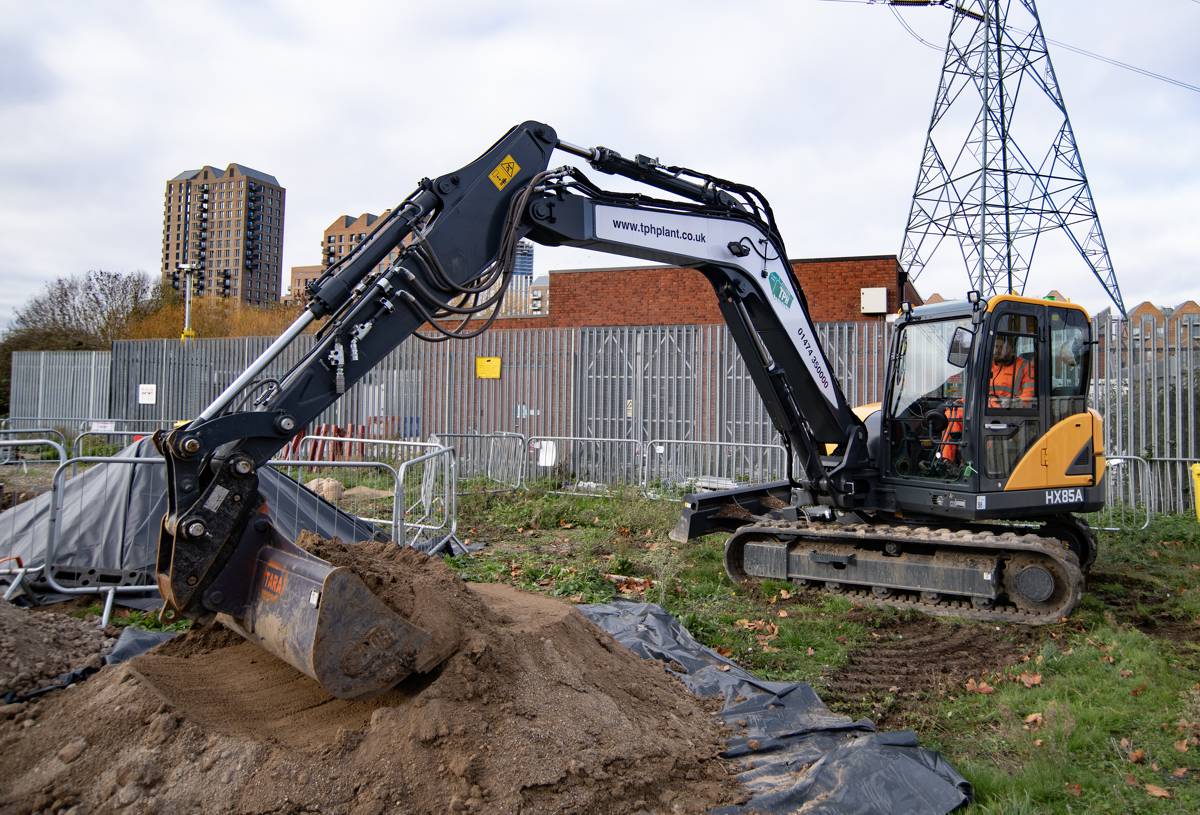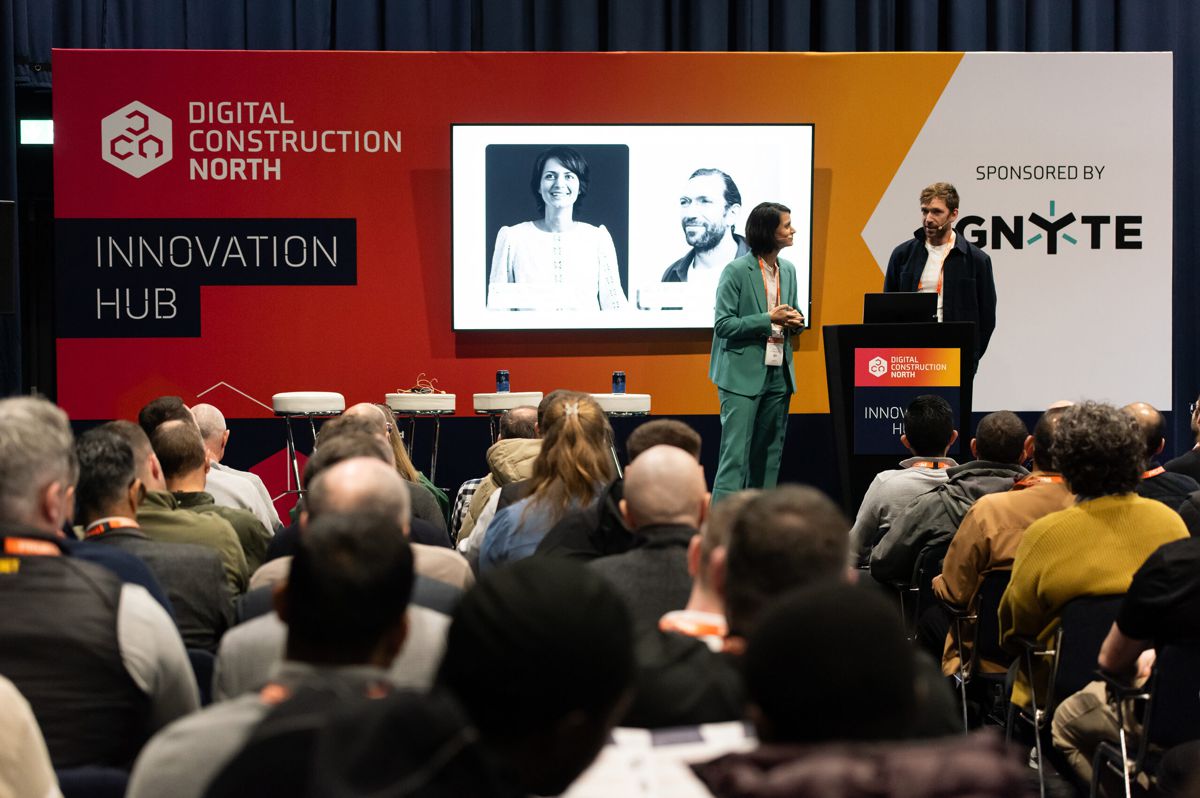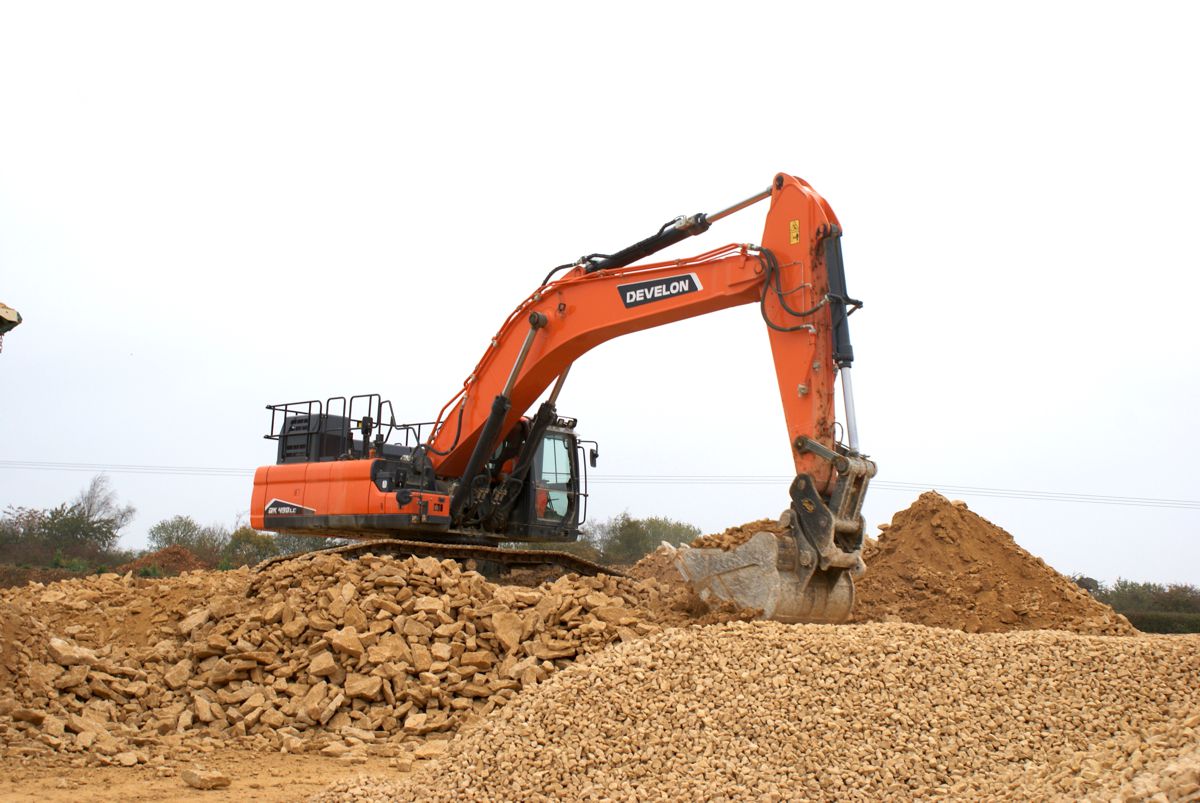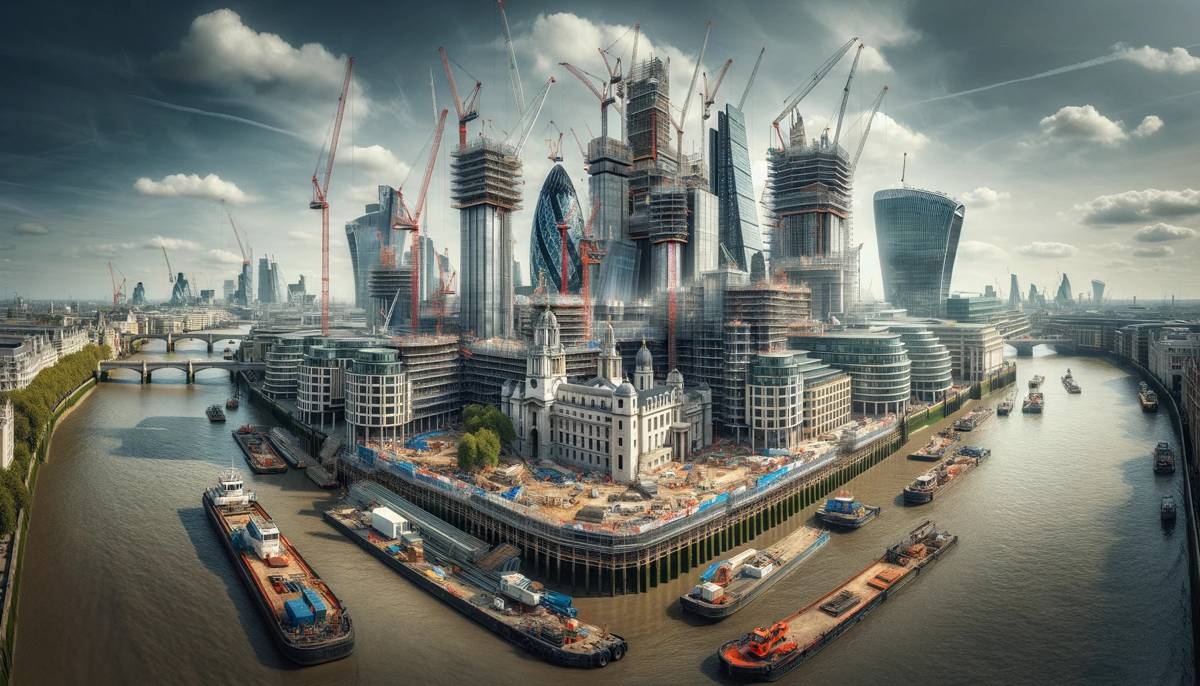Driving the Future of UK Rail Innovation
Innovation in rail isn’t a new concept, it’s woven into the fabric of the industry’s long and storied past. Yet, as Richard Carr, Technical and Innovation Director at the Railway Industry Association (RIA), points out, the sector now faces a critical moment. Despite a legacy built on ground-breaking achievement, the UK railway risks being left behind due to a culture hesitant to embrace change.
“Before the railway, journeys were long, dangerous and costly. The iron horse changed everything, powering economies and connecting communities. But today, that same pioneering spirit has slowed, and the system’s potential is being held back,” says Carr.
From the Industrial Revolution to the present day, innovation has been the lifeblood of British rail. Steam power, electrification, and underground networks once redefined mobility and urban growth. Yet now, the very industry that once symbolised progress is struggling to reinvent itself for a new era of climate action, digital transformation, and shifting passenger needs.
The barriers holding innovation back
Carr is frank about the challenges. “Railway innovation remains underfunded and under supported. Even small improvements face years of testing and approval before they’re adopted. Radical change? That’s almost impossible right now.”
While success stories exist, pockets of progress that prove what’s possible, the broader picture is less optimistic. Lengthy procurement processes, fragmented governance, and a risk-averse mindset make it difficult for new technologies to gain traction.
RIA’s research sheds light on the issue. Surveys, case studies, and consultations with members reveal that many of the roadblocks are not technological, but cultural and structural. Complex approval processes and inconsistent funding streams create uncertainty, deterring private investors and innovative startups from entering the rail market.
“If we don’t create the right environment for innovation,” Carr warns, “we’ll lose both investment and talent. The industry must offer a clear pathway from idea to implementation if we want to stay competitive globally.”
Unlocking innovation across the network
Despite the obstacles, RIA isn’t sitting still. Through its Unlocking Innovation programme, delivered with partners such as Network Rail, the UK Rail Research & Innovation Network (UKRRIN), and Telent, it’s creating a collaborative framework to connect people, ideas, and resources.
The initiative’s goal is to bridge the gap between inventors and industry adopters, giving innovators the exposure and support needed to transform concepts into commercial solutions. “It’s about connecting the dots,” Carr explains. “We’re building a culture where creative thinking isn’t just encouraged, it’s expected.”
He points to six core priorities for nurturing a healthy innovation ecosystem:
- Increased investment in research, development and innovation (RDI) – Funding drives discovery. Government backing is essential to unlock the next generation of rail technologies.
- Focus on deployment, not just design – Moving from prototype to practice requires sustained commitment and resources.
- Tear down adoption barriers – Policy reform, simpler procurement, and cross-industry collaboration can speed up innovation uptake.
- Encourage radical thinking – Bold ideas may fail more often, but when they succeed, the payoff is transformative.
- System-wide innovation strategy – Innovation must be embedded across the network, not confined to silos. Great British Railways (GBRX), Carr suggests, can act as the “guiding mind” uniting fragmented efforts.
- Invest in people and culture – Training, mentorship, and empowerment are crucial for embedding innovation as a daily habit, not an occasional project.
“None of this works without people,” Carr stresses. “We need to inspire engineers, data scientists and project managers to see innovation as their responsibility, not someone else’s.”
The economic case for innovation
Rail’s contribution to the UK economy is already significant: £43 billion annually, supporting over 700,000 jobs, and delivering £2.50 in value for every £1 invested. With the right approach, those returns could multiply.
Carr sees a direct link between innovation and economic resilience. “Investing in innovation doesn’t just make trains run better. It fuels local economies, creates exportable technology, and attracts global investment.”
Decarbonisation and digitalisation represent the twin pillars of this transformation. Smarter railways mean more efficient energy use, predictive maintenance, and seamless passenger experiences, all of which contribute to Net Zero goals and public satisfaction.
But achieving these goals demands coordinated leadership. Carr emphasises that government policy must align with private sector ambition. “Funding matters, but so does clarity. We need consistent policy, long-term vision, and procurement processes that reward innovation rather than punishing risk.”
Great British Railways and the system-wide approach
The creation of Great British Railways (GBRX) offers a once-in-a-generation opportunity to embed innovation into the system’s DNA. Rather than isolated pilot projects, Carr envisions a unified strategy that integrates data, technology, and infrastructure planning.
“GBRX should act as the guiding mind,” he explains, “ensuring that innovation happens at every level, from ticketing systems and supply chain logistics to climate resilience and customer service.”
This whole-system approach mirrors the collaborative success seen in aerospace and automotive industries, where joined-up thinking has accelerated digital transformation and sustainability.
Cross-sector inspiration at Advanced Engineering UK
Events like Advanced Engineering UK play a vital role in fostering this mindset. Scheduled for 29–30 October 2025 at the NEC Birmingham, the exhibition brings together experts from rail, aerospace, automotive, energy, and manufacturing under one roof.
For Carr, such events are crucial in breaking down silos. “Rail can’t innovate in isolation. Collaboration across sectors is where the magic happens. Engineers from aerospace or energy often approach problems differently, and that’s exactly the kind of thinking we need.”
Attendees can expect to explore cutting-edge technologies, from lightweight composites and smart materials to AI-driven analytics and digital twins. Free registration for visitors is already open, with early registrants receiving updates on speakers, exhibitors, and feature zones.
“Advanced Engineering gives rail professionals a rare chance to step outside their comfort zone,” Carr adds. “It’s not just about what’s new in rail, it’s about what’s next across the entire engineering landscape.”
A future built on collaboration
As the railway stands on the brink of its next great transformation, the message is clear: innovation isn’t optional, it’s essential. The technologies exist, the talent is waiting, and the frameworks are forming. What’s needed now is commitment.
“The UK has all the ingredients to lead in rail innovation once again,” Carr concludes. “But it will take courage, cooperation and a willingness to rethink how we do things. If we can achieve that, the rewards, for passengers, the economy, and the planet, will be immense.”
